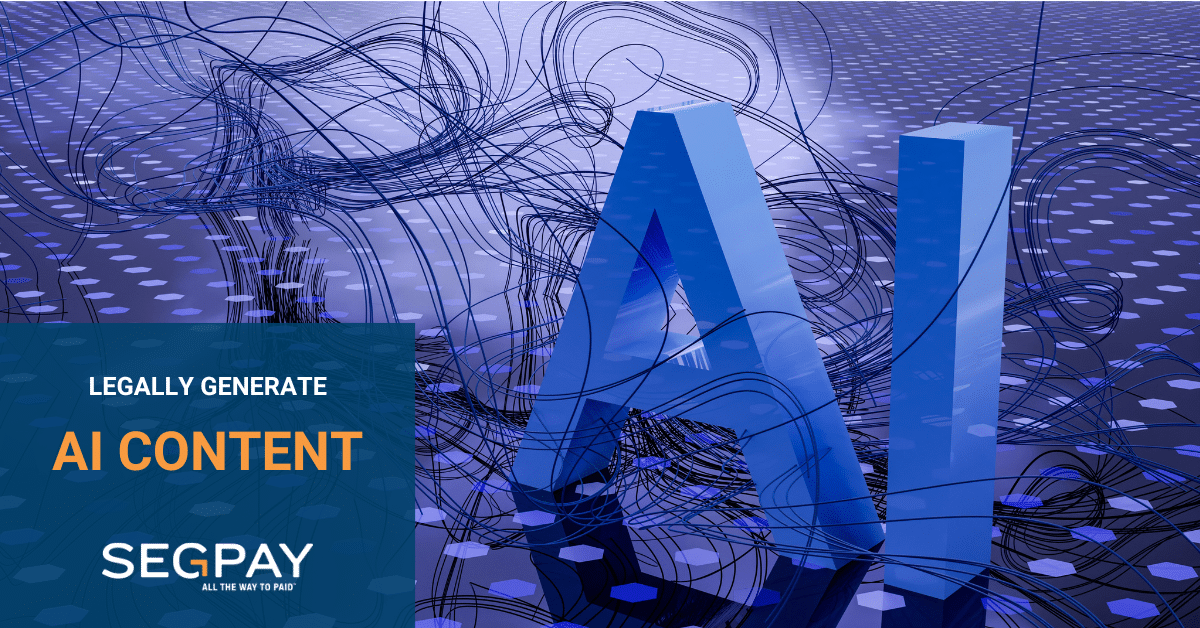It’s as easy as opening ChatGPT. Just type in, “What kind of content can I generate?” Boom- the answers pop up in seconds. It’s simple to use and extract information from, but how do you know if what you see is correct? How do you best understand Artificial Intelligence (AI), and what are the ethical considerations? This month, we wanted to dive deeper into this hot topic to help you stay ahead of the AI learning curve.
Capability Exploration
We are all discovering how best to use the latest capabilities of AI. It is both fantastic and daunting at the same time. The ChatGPT software was released in late 2022, and the technology is rapidly advancing, finding its way into various aspects of our lives. From automation to personal assistants, AI continues to expand into more aspects of content generation. To use AI to its fullest, it is essential to understand it. AI refers to the simulation of human intelligence inside machines programmed to think and learn like humans. It can perform tasks that typically require human intelligence from developed systems.
Regarding content generation, there is a subset of artificial intelligence called generative AI. Unlike traditional AI models that follow pre-defined rules, generative AI can create text, images, and other data using generative models. Models like OpenAI’s GPT3 are trained on vast datasets, allowing them to understand and mimic human-like language patterns. Content can be created autonomously, responding to both prompts while generating text ranging from simple paragraphs to longer creative pieces.
Content Possibilities
ChatGPT states, “You can generate a wide variety of content depending on your interests, expertise, and audience.” It went on to list 11 different option areas, including blog posts or articles, social media posts, videos, podcasts, tutorials and guides, infographics, eBooks and whitepapers, webinars and livestreams, quizzes and assessments, case studies and success stories along with reviews and comparisons. All of these can be created thanks to text generation, one of the prominent capabilities of generative AI. This ability can create content for various industries, from journalism to marketing and beyond. All of it assists in generating written material efficiently.
If you’re using AI to create content, be careful and always fact-check. AI experts say that ChatGPT was trained on massive data dating back to 2021; beyond that, it may not be accurate. It can also lack personal opinion and emotion and be filled with repetitive language. Several tools are available to help with detection.
AI is not just limited to generating text-based content; it can also create realistic images or artistic creations. It can even create music by understanding patterns, analyzing musical styles, and creating original compositions. This could revolutionize the future of the music industry. When it comes to video content, AI can help streamline the process, making for more efficient video production and editing. It can also create bogus content like convincing images, audio, and hoaxes, known as Deepfake AI. This has been used to animate historical photos and footage, allowing historical figures to come back to life and be present in classrooms literally.
Coding, Conversations, and Ethical Concerns
Generative AI plays a significant role behind the scenes in many companies, as the tech side uses it to help generate code. Code snippets can be created based on the provided requirements, which helps streamline the coding process and make it more productive. Generative AI also powers chatbots and conversational agents—something we’ve all likely encountered when talking to customer service. This technology has allowed chatbots to speak more naturally and become more helpful in virtual assistants and other customer support situations.
While AI’s content generation capabilities are impressive, ethical considerations must come into play. Remember that AI software was human-developed, and there could be issues such as bias in generated content, misinformation, and the potential misuse of AI-generated content. This can raise red flags and have people worried about AI development and deployment. We all know AI is a powerful tool with various content generation capabilities, from images to videos and beyond. As we learn to embrace this technology, we must use it responsibly to foster a future where AI enhances, not replaces, human creativity.
Have any additional questions regarding AI? If so, reach out to us at [email protected]



